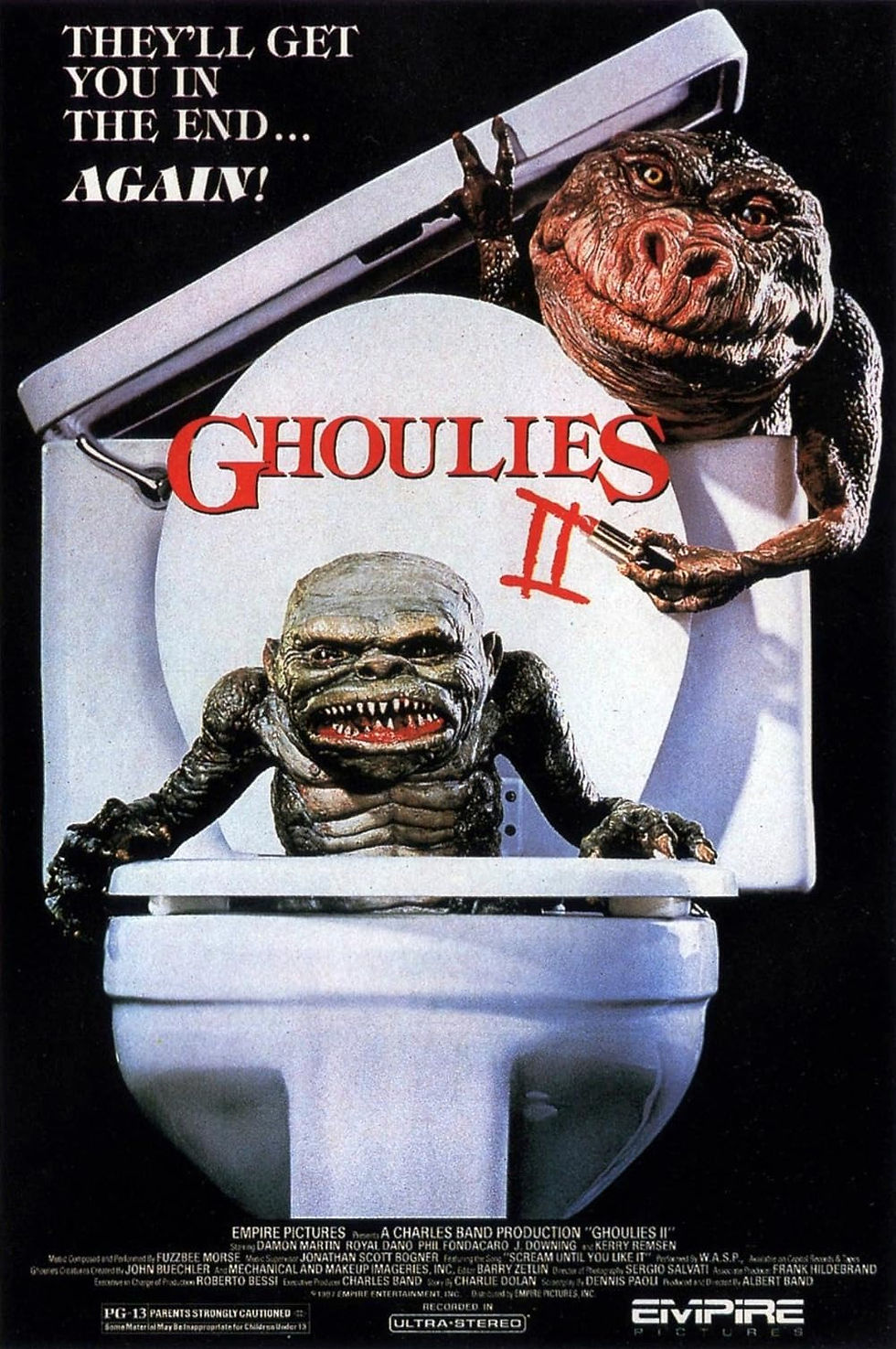Before CGI: Practical Effects That Made Old Time Scary Movies Terrifying
- Allan Major

- Apr 17, 2024
- 3 min read
Updated: May 31, 2024

Picture this, Fright Fanatics: a world before pixels and algorithms conjured up our cinematic nightmares. A time when monsters weren't born of code, but of latex, greasepaint, and a whole lot of twisted ingenuity. I'm talking about the golden age of practical effects, where old-time scary movies didn't just make you jump; they left you wondering how the hell they pulled it off.
Get ready to go behind the scenes of the horror classics and peel back the layers of those spine-chilling illusions. We'll uncover the tricks, the techniques, and the sheer sweat-and-tears artistry that turned celluloid into stuff that'd keep you up at night.
Monsters Brought to Life: Creature Creations of Yesteryear
Forget CGI werewolves and their digitally rendered fur. Before computers, those beasts were built by hand. Take Lon Chaney Jr. in "The Wolf Man." Hours of painstaking makeup transformed him into a hirsute horror, each hair applied one at a time. Or the iconic Gill-man from "Creature from the Black Lagoon," a marvel of sculpted rubber and aquatic design. These weren't just costumes; they were monstrous masterpieces.
Practical creatures possessed a weight, a physicality that CGI often struggles to replicate. They moved with an awkward grace, a hint of the unnatural that seeped into the subconscious and set off alarm bells deep within our lizard brains.

Illusions of Gore: The Mechanics of Blood and Guts
Old-time horror didn't shy away from the gruesome, but it also couldn't rely on digital trickery to paint the screen crimson. That's where practical effects wizards got creative. Blood was concocted from corn syrup and food coloring, spurting from rigged squibs and cleverly concealed tubes. Think of the infamous chestburster scene in "Alien" – a symphony of puppetry, fake organs, and expertly timed explosions that splattered the audience in both shock and viscera.
Sure, it might look a bit cheesy by today's standards, but there's a primal power in the practical gore. It's gooey, it's tangible, and it forces a visceral reaction that even the most realistic CGI bloodbath can sometimes miss.
The Macabre Magic of Miniatures
Before digital vistas, filmmakers built entire worlds in miniature. Ray Harryhausen, the undisputed master of stop-motion animation, breathed life into skeletons in "Jason and the Argonauts," their jerky movements sending a shiver down your spine. His clashing titans and mythical beasts weren't seamless, but they possessed a tactile magic that CGI often struggles to match.
The genius of miniatures lay in their imperfection. They tricked the eye into believing in the impossible, a testament to the sheer artistry required to bring those tiny worlds to life one painstaking frame at a time.

The Power of Atmosphere: Fog, Shadows & Suggestion
Old-time horror maestros understood that true terror lies not in what you see, but in what you don't. Fog machines swirled in thick mists, cloaking sets in an otherworldly chill. Shadows stretched and danced, fueled by strategically placed lighting that kept the truly monstrous lurking just out of sight.
This forced audiences to fill in the blanks, their imaginations conjuring horrors far more terrifying than anything that could be physically sculpted or rendered. It's a testament to the power of suggestion, a trick that modern horror still relies heavily upon.
Beyond the Scares: The Legacy of Practical Effects
The rise of CGI undeniably revolutionized filmmaking, including the horror genre. But that doesn't mean the art of practical effects is dead. Filmmakers today often blend the best of both worlds, using computers to enhance but not wholly replace the tangible artistry of the past.
It's a reminder that true horror isn't just about pixels or polygons. It's about craftsmanship, about the illusionists and mad scientists behind the scenes who understand that sometimes, the most terrifying things are the ones we can almost reach out and touch. So, the next time you settle in for a horror flick, spare a thought for the gooey monsters, the rigged explosions, and the shadowy figures molded from imagination and elbow grease. Because before the computers took over, that's how nightmares were truly made.







